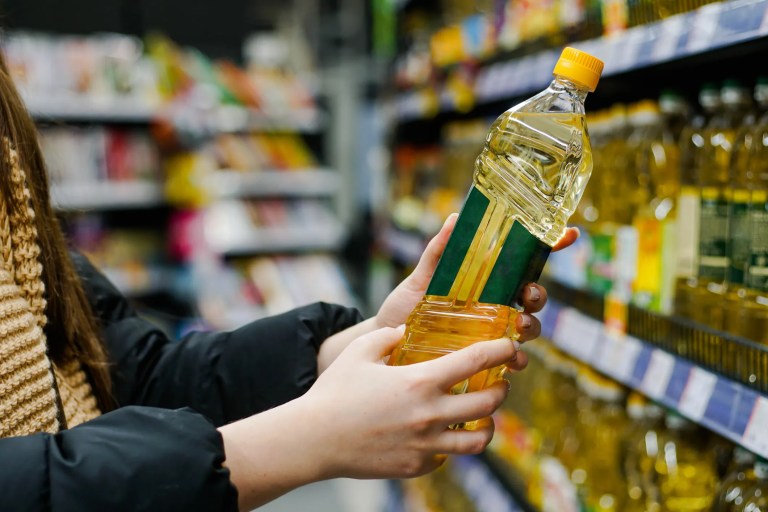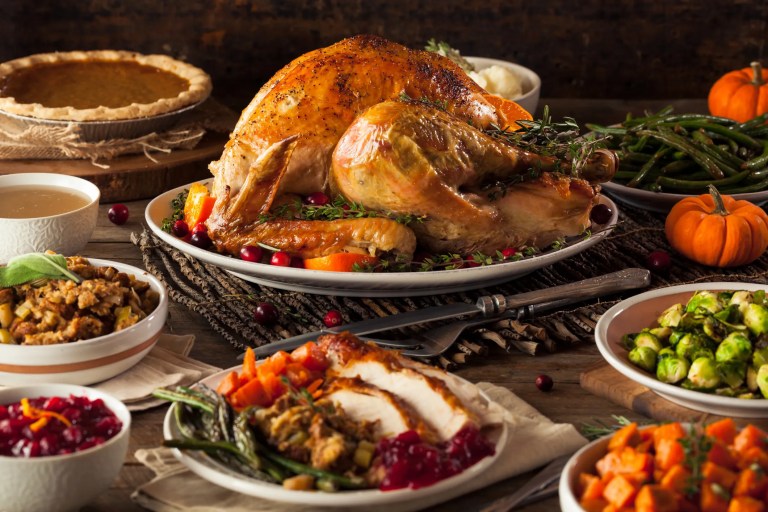ISO 20752:2023 – Cork Stoppers | TCA Release Testing
Have you opened a bottle of wine and been hit with a musty, moldy smell—like wet newspaper or a damp basement? Chances are, your wine…

Have you opened a bottle of wine and been hit with a musty, moldy smell—like wet newspaper or a damp basement? Chances are, your wine…

Whether it is ringing in the New Year, popping the cork at a wedding, or toasting a promotion, champagne seems to be the drink of…

Packaging is not just a protective barrier—it is an experience in itself. Imagine the satisfying snap of a perfectly sealed bag, the gentle crinkle of…

Not just any cork can seal a bottle of champagne. In fact, the production of cork stoppers for sparkling wines involves strict quality controls to…

If you have traveled abroad, you might have noticed something curious: in Europe, eggs are often sold unrefrigerated, while in the US (as well as…

In recent years, seed oils have taken center stage in conversations about health, nutrition, and food quality. From being lauded for their heart-healthy unsaturated fats…

With all the food prep and cooking involved in Thanksgiving, it is important not to overlook one critical aspect: food safety. ISO 22000:2018, the international…

When you think of Thanksgiving, the focus naturally goes to the turkey and the feast. Behind that centerpiece is a supply chain: breeding, raising, transport,…

It is estimated that 70% of the US food supply is comprised of ultra-processed foods (UPFs), 55% of calories from people aged 1 and older in…